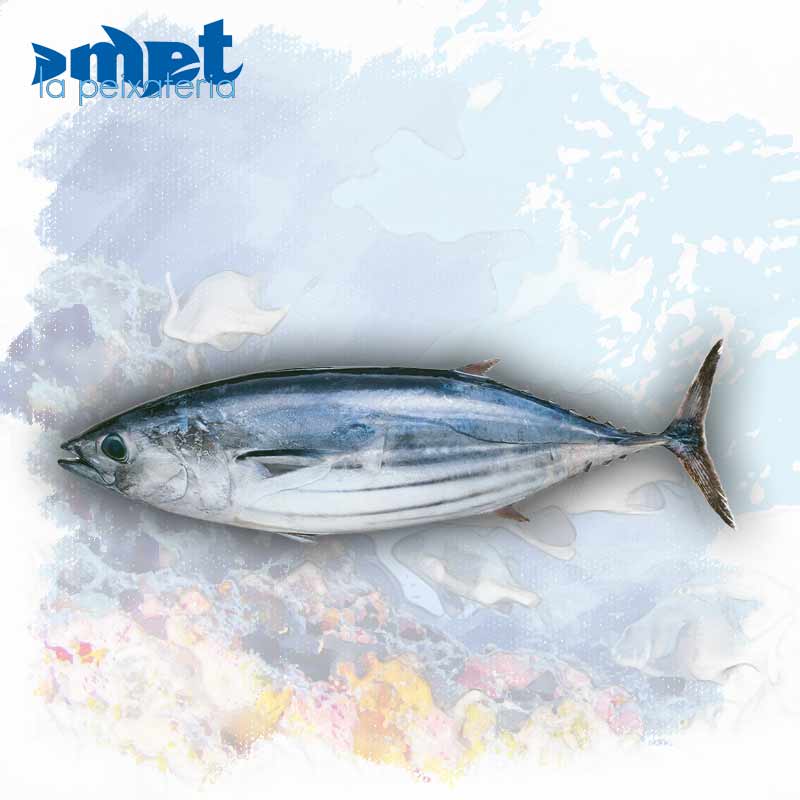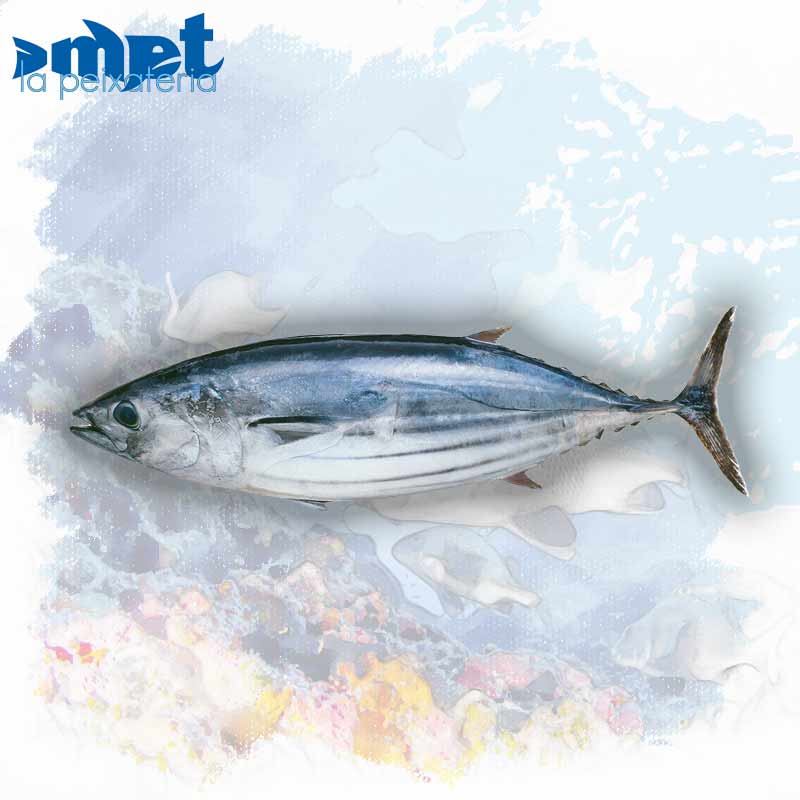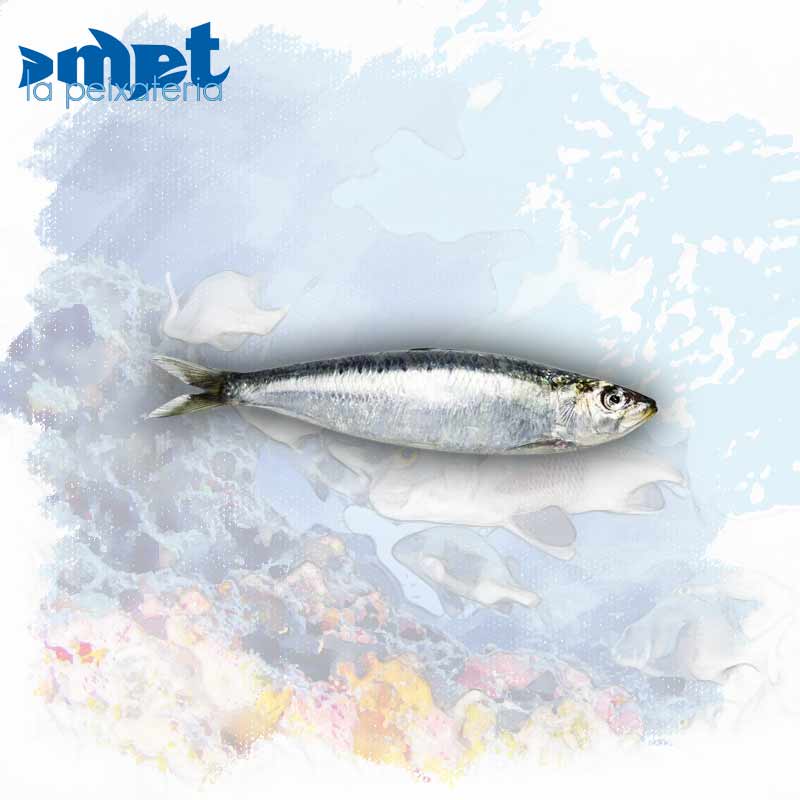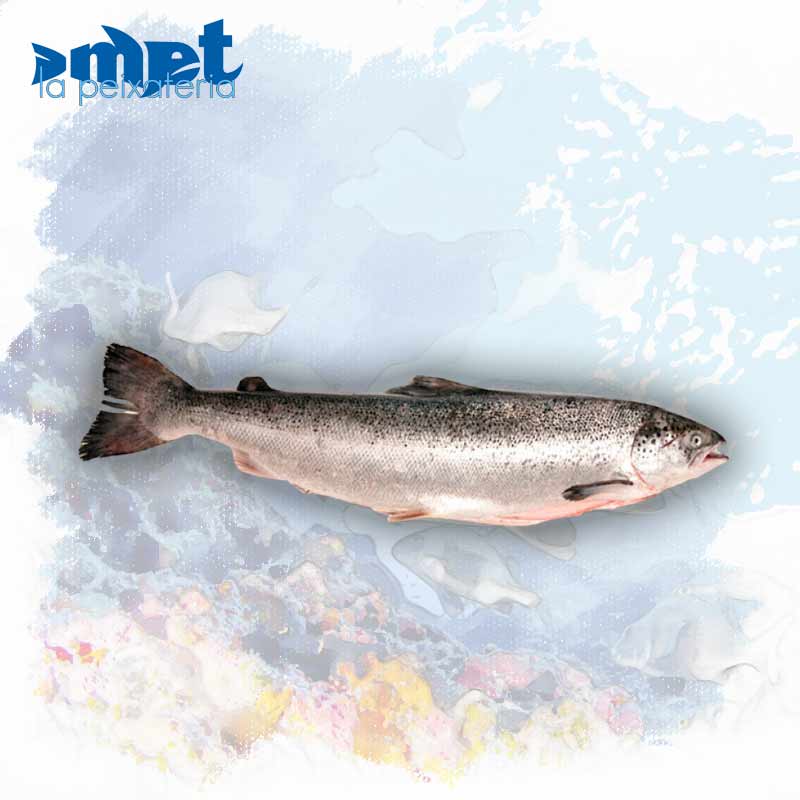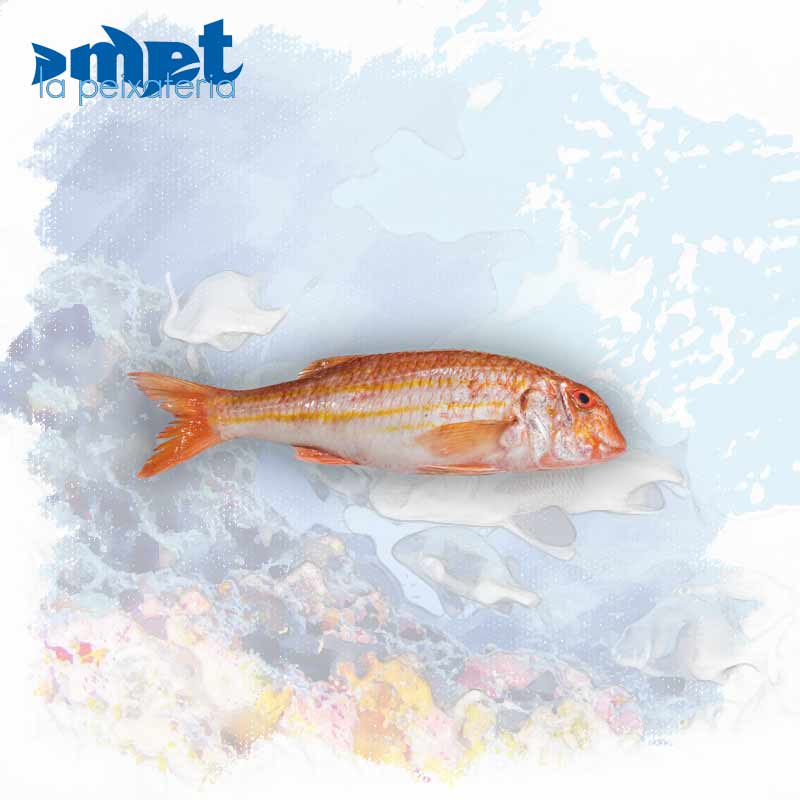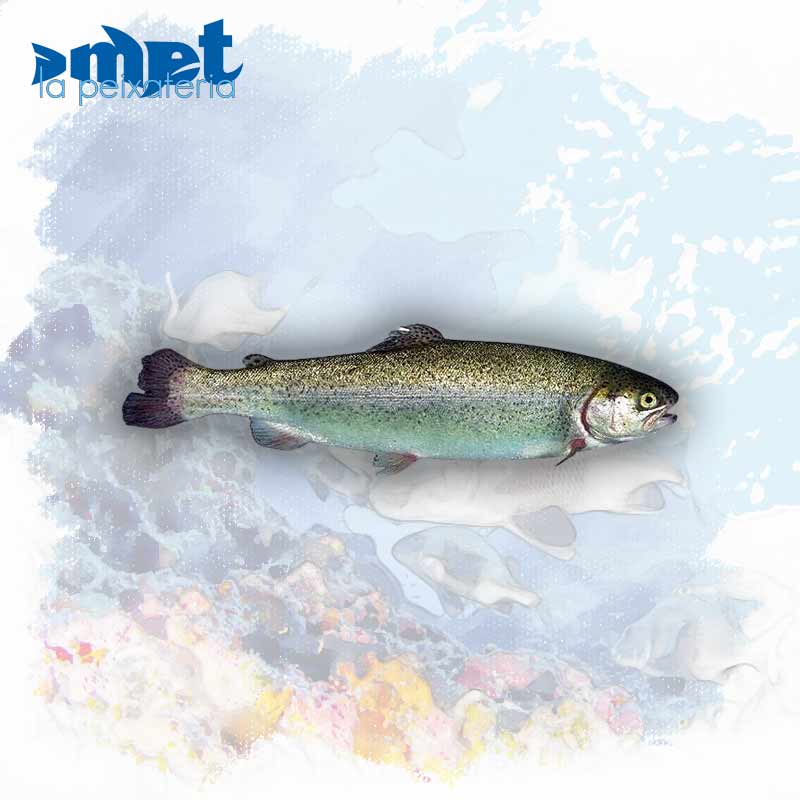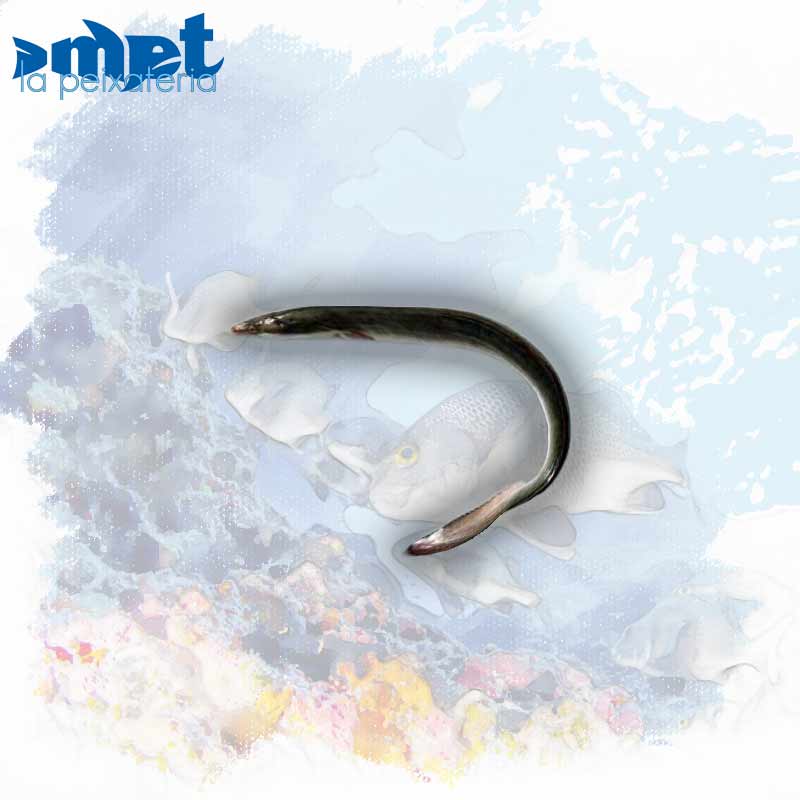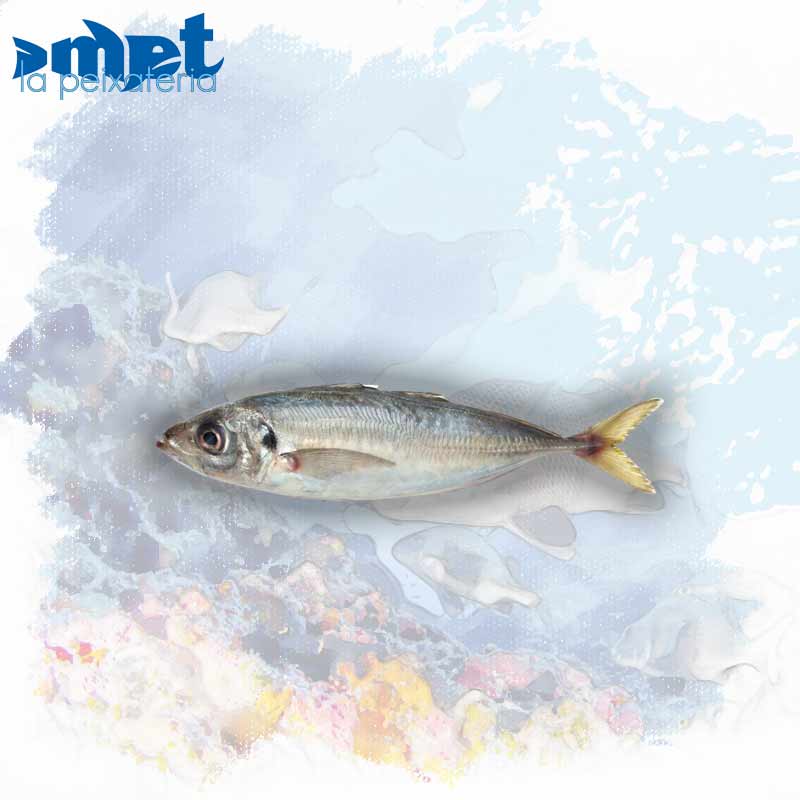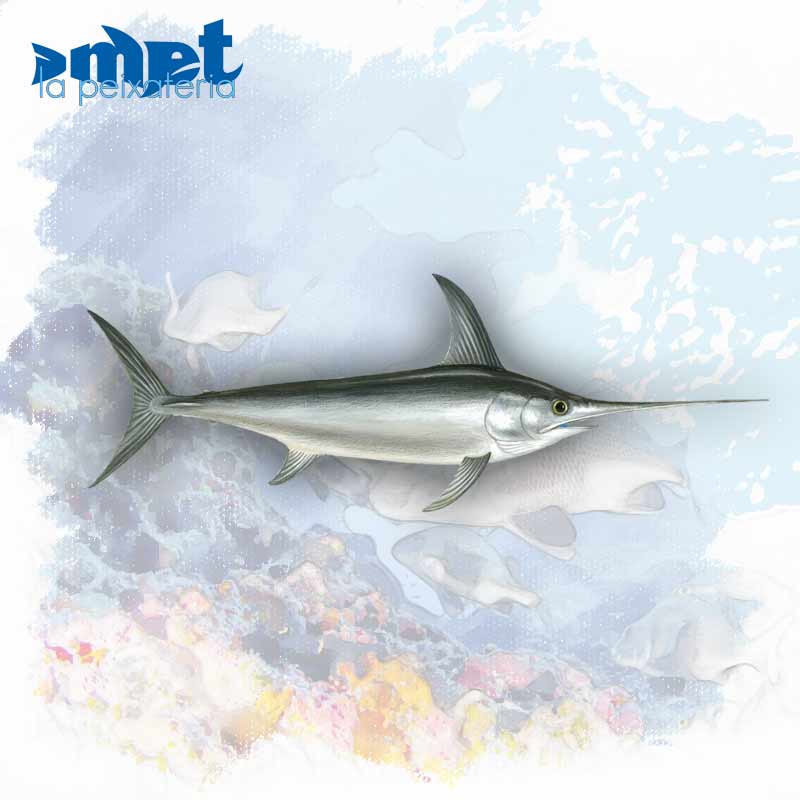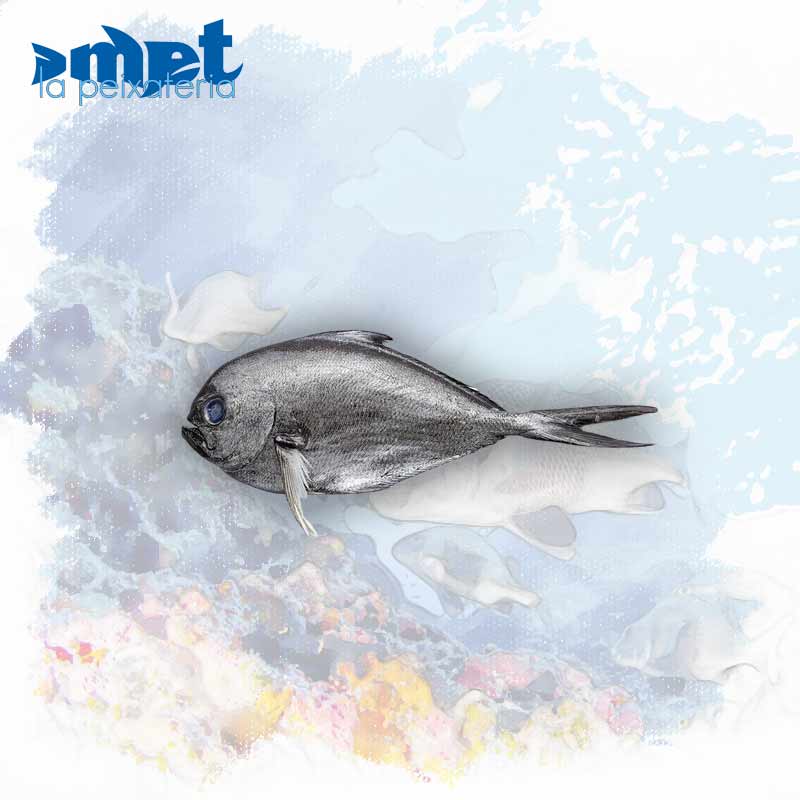There is no scientifically defined criterion to define the border between white and blue fish based on strict scientific criteria. In our country, oily fish that in their biological cycle contain at least 5 percent of fatty matter are usually called oily fish. Those that do not have this level are classified as white or lean fish, which usually contain approximately 2% fat in their cycle.
Even though in the not too distant past, oily fish was considered harmful, especially for people with a high cholesterol level, and the fact that this type of fish was cheap, contributed unfavorably to its bad reputation. When the beneficial properties of Omega three fatty acids were discovered, it became a much more consumed fish, especially for its dietetic and healthy qualities, apart from its gastronomic quality, they are essential for a complete, balanced and varied diet and the most popular and well-known are.
Needlefish, anchovy, bonito and tuna, mackerel, dogfish, lamprey, permit, mackerel, swordfish, salmon, eel, sea bream, sea bass, processed sea bass, red mullet and trout are considered semi-fatty fish.
Tuna
The most consumed tuna is the so-called bluefin tuna, tuna is considered to be the best since almost 90% of its body is used. It is a highly appreciated fish at a gastronomic level and has become a very exclusive product due to the high consumption of the Japanese market that pays astronomical amounts for this fish, basically caused by the intensive and almost exclusive consumption of fish by the inhabitants of this country, who have been depleting their own fishing resources and have been expanding around the world with their fishing fleets , causing the price of tuna to skyrocket significantly.
The best-known species of tuna, as well as those frequently used in gastronomy, are:
Common or red or bighorn tuna. It has a short pectoral fin and is found mainly in the Atlantic Ocean, Black Sea and Mediterranean.
Albacore or northern bonito tuna. The pectoral fin is noticeably larger in size, which has given it the name Thunnuh alalunga. Its meat shows whitish tones and is used to make high-quality preserves. Its basic location is in the Atlantic Ocean, specifically from the Bay of Biscay to South Africa, as well as in the Mediterranean Sea and the Pacific Ocean.
It is a fish with a high level of 12% fat, rich in Omega three and with a large amount of fat-soluble vitamins, rich in phosphorus and magnesium and has very essential trace elements for our locomotor, neurological and cardiovascular system, being a great food in its nutritional and essential aspect in any diet. Tuna is a very widespread delicacy in our gastronomy and can be prepared in multiple recipes, grilled, in stews and sauces, being highly appreciated just like semi-raw meat.
Albacore
Albacore is the highest quality variant of tuna, also known as northern albacore. Its pectoral fin is noticeably larger in size, which has given it the name Thunnuh alalunga. Its meat shows whitish tones. Its basic location is in the Atlantic Ocean, specifically from the Bay of Biscay to South Africa, as well as in the Mediterranean Sea and the Pacific Ocean. It is a highly appreciated product for the canning industry where we can find high quality Albacore preserved in olive oil.
It is a fish with a high level of 12% fat, rich in Omega three and with a large amount of fat-soluble vitamins, rich in phosphorus and magnesium and has very essential trace elements for our locomotor, neurological and cardiovascular system, being a great food in its nutritional and essential aspect in any diet.
The Albacore is a very widespread delicacy in our gastronomy and can be prepared in multiple recipes, grilled, in stews and sauces, being highly appreciated just like semi-raw meat. Its fame deserves a separate chapter in the canning industry, which allows you to enjoy a product with a mild and exclusive flavor, both in cold salads and with fresh tomato and olive oil. This product can be found canned, in loins or much appreciated belly.
Sardine
Sardines, the blue fish par excellence, are one of the most typical and consumed fish in our country. They are a food of high nutritional value, a fairly economical fish and its quality depends exclusively on freshness and the time of year in that is consumed, it is a very abundant fish on our coasts but that can sometimes be scarce due to the large amount of consumption and fishing that is done of it. The best time to consume them is summer since they have more fat at this time, which gives them their characteristic aroma, juiciness and flavor.
It is a fish with a high level of fatty acids beneficial to health and a very high level of vitamin A and D.
It is a fish that allows many preparations, including the classic ones, fried, grilled, skewered chargrilled, pickled, and there is also a wide range of high-quality canned sardines, both in oil, in tomato, and pickled.
Fresh Anchovy
Anchovy, like sardines, is one of the greats of our country's gastronomy and is one of the most consumed products. It is another food of great nutritional value and generally has a cheaper price, also depending on its size. Anchovy is an ancient fish that can be prepared in different ways and, apart from being consumed fresh, can be preserved in vinegar, becoming one of the classic appetizers of our country, or in brine, converted into the popular and exquisite anchovies that we can find in different styles. of preparation and that in our country we have the references in L'Escala de Girona, the matrix of preserves in brine in our peninsula due to the ancient Roman population of Ampuries and in Cantabria due to the influence of the Italian canning industry that expanded in this region which has popularized anchovies. Also in brine or already cleaned and preserved in oil, in the two aforementioned towns the tradition of manual preparation of this delicacy is maintained and from both one origin and another we can find them on the market both in brine for prepare at home or already preserved in oil.
Depending on the way they are prepared, they retain some organoleptic properties or others, they have a significant amount of antioxidants vitamin A and D and are an important source of vitamin B3, Omega three essential acids and minerals, such as iodine, calcium, magnesium. All of this helps regulate cholesterol and maintain a heart-healthy life.
The anchovy is a dish basically popular for its frying, in addition to the preparations already mentioned in vinegar and brine, converted into anchovy, a fundamental element of many cold salads or only as a dish marinated in good olive oil.
Salmon
Salmon is an appreciated fish that has become very popular gastronomically in recent times, especially for its high dietary value. It is one of the fish called diadromous, which are species that are born in fresh water and migrate for the rest of their lives until spawning in water. salty It is a very widespread fish in aquaculture and that you will find at our market stall, coming from farms and also wild Alaskan salmon, highly prized for its meat and its special flavor. In our store we prepare it in the cut you need, completely deboned.
Its nutritional value is very high due to its high protein and Omega three fatty acid content, which makes this food, apart from its gastronomic value, essential for all types of diets and especially those intended to lower high triglyceride values and cholesterol.
It is a fish that allows different preparations, the most gastronomic being cooked on the grill or on the grill, the result of the ancestral need to preserve this fish. Currently we can enjoy smoked salmon, which, in addition to the juiciness and special flavor of the fish, combines the aromas of the woods in which it has been smoked, forming a unique and special flavor that makes it a delicacy for all tables.
Red mullet
Red Mullet is a very popular fish whose flavor is reminiscent of shellfish. It is a fish with pink flesh and is available in two varieties, the mud mullet, whose natural habitat is the silty bottom of the Mediterranean and areas of the Cantabrian Sea and the rock mullet which, as its name indicates, its habitat is limited to the rocky areas of the aforementioned seas. The first has a milder flavor, being the rock one, which has more intense and growing flavors.
Mullet is a fish of high nutritional value, especially for its contribution of vitamin B 12, Omega three fatty acids and vitamin B, which form the keys to its nutritional value.
The smallest specimens are the most ideal for Andalusian frying. It is a fish that can be cooked en papillote with different stews and sauces.
Trout
Trout is a classic cold freshwater fish, although some species live in salt water and spawn in rivers. Today can be found on all continents since in many cases it has been introduced even though it is not native. It is a fish that needs clean water in gentle river currents or in crystal-clear lakes. It belongs to the salmonid family. It is a highly prized fish for sport fishing and is often bred in fish farms to be released into natural environments.
Trout is the least fatty of all oily fish but has a high level of Omega three fatty acids, which makes it a very healthy food in many diets.
It is a type of fish that does not have many cooking varieties, and in our country a very typical dish is Navarra-style trout, stuffed with cured ham or with pieces of bacon.
Eel
The eel is one of the most mysterious and curious fish, one of those that make up the human food spectrum. Unlike salmon, its habitat is found in fresh waters and it spawns in salt waters, although initially it is an apparently unremarkable fact. The curious thing is that individuals migrate throughout the Atlantic to the well-known Sargasso Sea, near the American continent, where the offspring are born and subsequently make the immense journey back to the coastal areas near the rivers of origin. An element that is not well known is that these babies that are later caught in salt waters are the well-known and highly valued Elvers, which before being marketed are cleaned by submerging them alive in an infusion of water with tobacco, so that they release all the slime that covers them. , being subsequently blanched for sale, becoming after caviar the most expensive marine product, reaching €1,200 per kilo.
The eel is one of those considered blue fish with very good nutritional properties, with an important contribution of Omega three fatty acids and is a great source of protein.
In the gastronomic aspect, the eel is a very prized fish, although its preparation is restricted to a few dishes due to the morphology and structure of its meat. A reference in gastronomy is the famous All i Pebre, typical of Valencian gastronomy, especially in the area of the Valencia lagoon.
Horse Mackerel
Horse mackerel, once considered a poor man's fish, has become essential on all tables, both for its gastronomic quality and for its nutritional properties. It is a fish that, due to its abundance, generally has low prices and due to the type of diet that it has on the high seas has very appetizing flavors and textures. There are various species of this fish but the most consumed is the common horse mackerel or the white horse mackerel, which is widespread in the Mediterranean Sea.
It is a fish very rich in high-quality proteins, Omega three fatty acids and an interesting amount of vitamin A and D, so important for our body, as well as a high presence of minerals such as phosphorus, selenium and potassium, which together makes it a high-quality food. high nutritional value for our diet
In gastronomy, Andalusian-style frying is a classic, floured and fried, and it is also very present in other Spanish coastal areas, where it is also prepared grilled or pickled, or in different seafood sauces.
Swordfish (Louvar)
Swordfish, also known mistakenly as Louvar, are one of the largest fish consumed by humans, as they can weigh up to 100 kilos. Although in popular culture, the two names are assimilated as the same fish, they really belong to two different fish, although the most common one that is marketed as emperor is the swordfish due to the scarcity of the first. Xiphias gladius is the scientific name of the swordfish, and Luvarus imperialis is the scientific name of the louvar, which makes the difference between both fish evident.
Nutritionally, it is a very low-calorie fish. Among its contributions, it is worth highlighting its high protein value, the important content of omega 3 acids, as well as vitamins B12 and niacin, vitamin A and D. The contribution of vitamin B12 in a serving of swordfish is more than three times the recommended daily intake (IR/day), being The contributions of selenium and phosphorus are very significant.
Swordfish is one of the most versatile fish for cooking and can be prepared in many ways, grilled, baked in papillote, with seafood sauces in paellas, etc. etc.
Promfet
The pomfret is a predatory fish that feeds on cephalopods and small fish, also known as japuta. It is highly appreciated in Andalusian gastronomy, where great culinary benefits are obtained from it. It is a characteristic fish of the Mediterranean, the Atlantic and the Channel, to Norway and the North Sea.
It is one of the fish that has the most protein, it provides a large amount of selenium, potassium, phosphorus and iodine, being especially rich in vitamins B 12 with a significant contribution of vitamin B6 B3 and vitamin D.
Culinarily very popular in Andalusia, especially marinated and in the north of the peninsula, very popular prepared in cider or in “caldeirada”, there is a very popular way of consumption that is smoked, especially in the case of red pomfret.
Mackerel
Mackerel is one of the blue fish par excellence and is available in markets throughout the year, although its best season is spring when they migrate to warmer surface waters, after remaining in the shallowest depths. It is a fish that moves in large schools, which facilitates its widespread catches, which makes it an economically priced fish. The minimum marketing size for mackerel is 18 cm and can reach 50 cm and weigh up to almost three kilos. Specimens of about 30 cm in length are generally sold in the markets, weighing approximately 250-350 g per unit.
It is a fish with about 10 g of fat per 100 g of edible portion, a source of highly healthy polyunsaturated fatty acids, omega-3. Additionally, like most fish, it is a food rich in high-quality proteins. It stands out for its content of group B vitamins, especially B12, and fat-soluble vitamins such as D or A. Being a good source of minerals such as selenium, phosphorus and potassium.
Gastronomically highly appreciated fish that can be eaten directly grilled whole or filleted, grilled, charcoal-grilled, baked on a bed of baked potatoes and with various seafood sauces.
Lamprey
The lamprey is a blue fish with a parasitic life since, since it does not have a jaw, it is a blood-sucking animal that sucks the blood of other larger fish such as shark, salmon, or trout, which it adheres to by injecting an anticoagulant liquid that At the same time it is anesthetic, so it can feed on its blood, which on the other hand does not necessarily produce the death of the parasitized. It is an animal whose habitat ranges from salt water to fresh water and is very abundant in the Cantabrian coast, especially in the mouths of the Miño, Tea and Ulla rivers, which has made it a cult dish in the Galician community.
It is a fish with a high presence of Omega three acids and vitamins A and D despite being a very healthy fish, not recommended for those who suffer from high levels of uric acid due to the presence of purines in its meat.
The star dish of this fish, which has made it a reference in Galician gastronomy, is the Bordeaux lamprey, which is curiously cooked in its own blood, an especially curious detail precisely because blood is what it feeds on.


